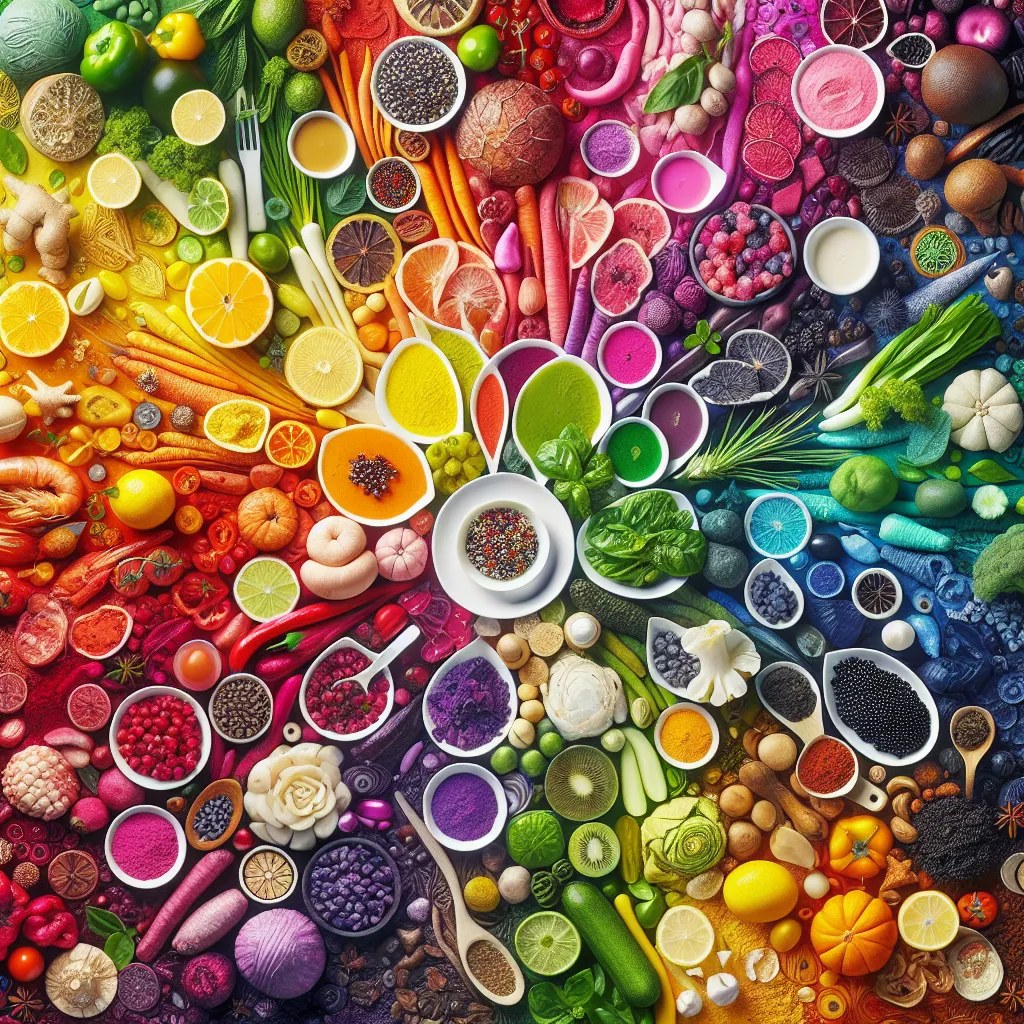Uncovering the Secret of Rare Spices from Around the World
When it comes to expanding culinary horizons, chefs and food enthusiasts are increasingly turning to rare and exotic spices from around the world. These unique ingredients not only add distinctive flavors and aromas to dishes, but also offer a glimpse into the diverse cultures and traditions of the regions they originate from. From the earthy warmth of Ethiopian berbere to the citrusy zing of Australian mountain pepper, uncovering the secret of rare spices is a fascinating journey that takes us beyond the familiar.
One such rare spice is the Indonesian long pepper, known for its complex and subtly spicy flavor profile. This relative of black pepper has been used in traditional medicine and cooking in Southeast Asia for centuries, yet it remains relatively unknown in many parts of the world. Its intriguing taste and aroma make it a prized addition to both savory and sweet dishes.
Another exotic spice that has been gaining attention is the Iranian saffron, renowned for its vivid color and delicate, floral flavor. Saffron threads are hand-harvested from the crocus flower and are used sparingly due to their high value. This luxurious spice adds a golden hue and a distinctive taste to rice dishes, desserts, and even beverages, making it a staple in Persian and Indian cuisines.
Exploring rare spices is not just about enhancing the sensory experience of food, but also about preserving cultural heritage and supporting sustainable practices. By seeking out and incorporating these unique ingredients into our culinary creations, we can embark on a flavorful journey that celebrates diversity and tradition from every corner of the globe.
Tasting the Unique Flavors of Exotic Fruits and Vegetables
Exploring exotic ingredients is a delightful culinary adventure that opens up a world of unique flavors and textures. When it comes to tasting the unique flavors of exotic fruits and vegetables, it’s like embarking on a sensory journey that tantalizes the taste buds and broadens the palate. Exotic fruits such as dragon fruit, rambutan, and durian offer a vibrant spectrum of tastes, from sweet and floral to creamy and pungent. These fruits are not only delicious but also provide a rich source of vitamins and antioxidants.
On the other hand, exotic vegetables like kohlrabi, Romanesco cauliflower, and water spinach introduce a new dimension to savory dishes. Their distinctive flavors and nutrient profiles add depth and complexity to culinary creations. The crisp texture of kohlrabi, the mesmerizing fractal patterns of Romanesco cauliflower, and the tender greens of water spinach elevate the dining experience to a whole new level.
Exploring exotic fruits and vegetables not only satisfies culinary curiosity but also offers a broader understanding of diverse cultures and their culinary traditions. Embracing these ingredients in the kitchen stimulates creativity and innovation, leading to the development of novel recipes that reflect the global tapestry of flavors.
In conclusion, tasting the unique flavors of exotic fruits and vegetables is an enriching experience that contributes to a more diverse and vibrant culinary landscape. Embracing these ingredients opens up endless possibilities for creating exciting and memorable dishes that celebrate the richness of our world’s biodiversity.
Delving into Unfamiliar Herbs and Floral Ingredients
Delving into unfamiliar herbs and floral ingredients can truly elevate the culinary experience to new heights. As the global food scene continues to expand, chefs and home cooks alike are becoming more adventurous in their exploration of exotic ingredients, seeking to add an extra dimension to their dishes. From the aromatic Vietnamese coriander to the delicate and floral essence of rose petals, these ingredients offer a tantalizing array of flavors and scents that can transform the ordinary into the extraordinary.
Exploring these unique herbs and floral ingredients opens up a world of culinary possibilities. By incorporating herbs like epazote, a Mexican herb with a bold, citrusy flavor, or using edible flowers such as hibiscus or lavender, chefs can infuse their creations with captivating and unexpected notes. These ingredients not only contribute to the taste of a dish but also enhance its visual appeal, adding vibrant colors and textures that engage the senses in a truly remarkable way.
Moreover, delving into unfamiliar herbs and floral ingredients offers a deeper understanding of different culinary traditions and cultural practices. Many of these exotic ingredients have been integral to various cuisines around the world for centuries, and by incorporating them into our cooking, we can pay homage to these rich culinary heritages while creating innovative and captivating gastronomic experiences.
Whether it’s experimenting with the tangy, lemon-like flavor of sorrel or harnessing the fragrant essence of orange blossom water, the exploration of unfamiliar herbs and floral ingredients is a delightful journey of discovery. By embracing these unique elements, chefs and food enthusiasts can unlock a whole new realm of flavors and aromas, fostering a true sense of culinary adventure and creativity.
Embracing the Allure of Indigenous Ingredients in Global Cuisine
Embracing the Allure of Indigenous Ingredients in Global Cuisine
The exploration of exotic ingredients has long been a hallmark of culinary adventure. Chefs and food enthusiasts are increasingly drawn to the allure of indigenous ingredients, seeking to incorporate the authentic flavors of distant lands into global cuisine. Embracing these unique elements not only adds depth and complexity to dishes, but also honors the rich cultural heritage from which they originate.
From the robust spices of India to the delicate flavors of Japan, indigenous ingredients offer a window into the traditional culinary practices of different regions. By incorporating these elements into their creations, chefs can transport diners on a sensory journey that captures the essence of far-off lands. The use of indigenous ingredients also underscores the importance of sustainability and ethical sourcing, highlighting the value of preserving traditional crops and supporting local communities.
One such example is the growing popularity of superfoods like quinoa and acai, which have gained global recognition for their nutritional benefits. By integrating these indigenous ingredients into various dishes, chefs are not only embracing the allure of exotic elements, but also contributing to the diversification of global culinary offerings.
In conclusion, the embrace of indigenous ingredients in global cuisine serves as a testament to the evolving nature of culinary exploration. By integrating these unique elements into their creations, chefs celebrate the diversity of traditional flavors and ensure that the cultural heritage of indigenous ingredients continues to thrive on a global scale.

